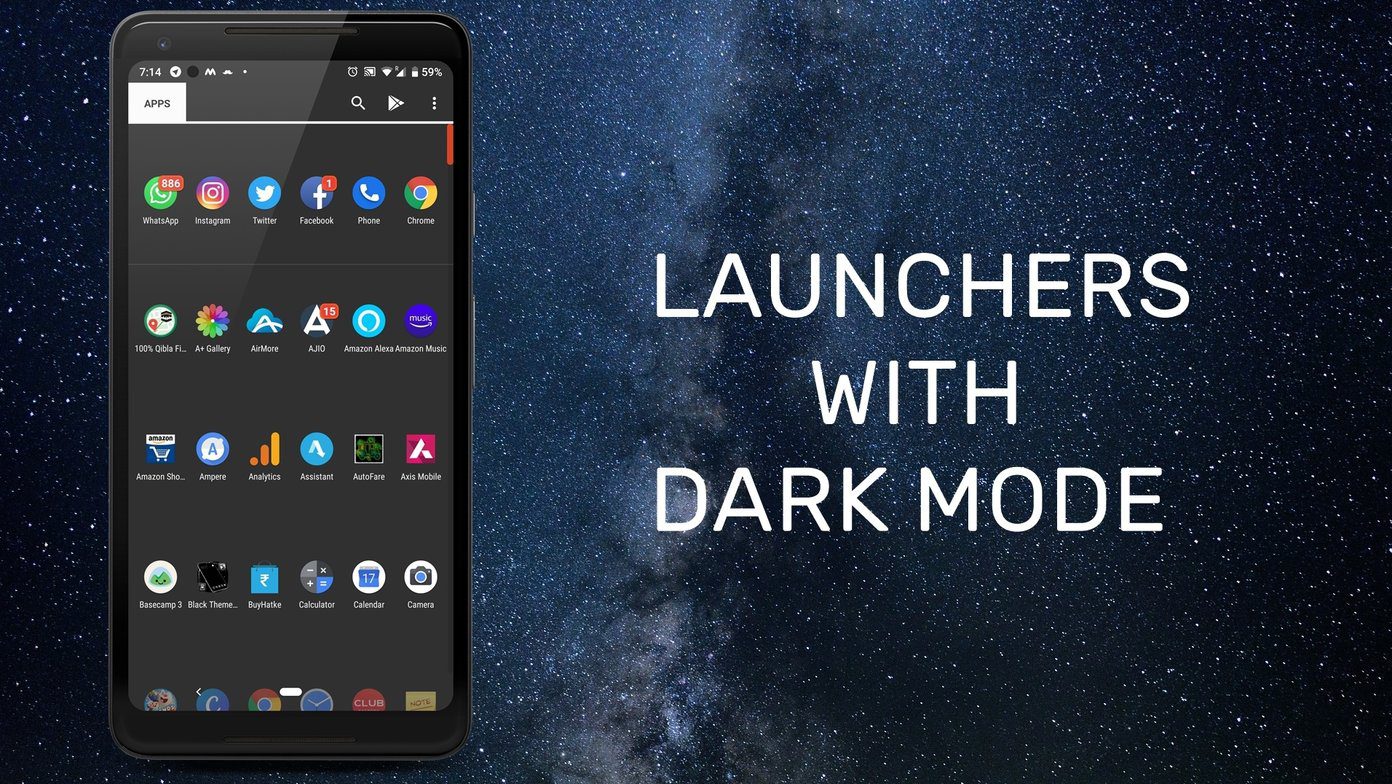While we’ve been able to pinpoint an extraordinary amount of what exists in the universe, most of what we’ve found so far is thanks to illumination from light. Even black holes are only recognizable due to the visible objects surrounding them. Scientists haven’t been as great at finding what’s hidden in the dark. But just last year, astronomers first found these dark galaxies — that is, galaxies almost entirely without stars, planets or light.
Dark Galaxies are All Around Us
The twist is that scientists very recently discovered they’re far more common than we think. There are over one thousand dark galaxies out there that we now know of, which means there could potentially thousands or even millions more. Keep in mind that two years ago, no one knew of dark galaxies at all. “If you took the Milky Way but threw away about 99 percent of the stars, that’s what you’d get,” Roberto Abraham, an astrophysicist at the University of Toronto, told ScienceNews. “We’ve gone from none to suddenly over a thousand. It’s been remarkable,” he later added. Not only are dark galaxies new to our knowledge but they’re totally confusing scientists and astronomers. They have almost no stars, definitely not the traditional cluster around the center, and no gas. One of the dark galaxies, Dragonfly 44, weighs about one trillion times the mass of our sun. However, all the stars in the dark galaxy don’t even come close to weighing as much as the Milky Way. That means there must be a significant amount of ever-perplexing dark matter. Really, it could be anything. The extreme mass could be due to something still undiscovered. Astrophysicists Nicola Amorisco and Abraham Loeb hypothesize that these dark galaxies start off as normal galaxies. During the formation, they spun too fast and pushed away most of the stars and gas, leaving just the dense, dark region. Scientists have to begin testing theories like these in search of answers. The moral of the story though is that dark galaxies remain very much a mystery.
The Discovery Thanks to Dragonfly
“Dragonfly made us realize that there is a chance to find a new population of galaxies beyond the boundary of what we know so far,” said Jin Koda, astronomer of Stony Brook University in New York. She is referring to Dragonfly the telescope, different from Dragonfly 44, the name of a dark galaxy. The problem with traditional telescopes is that they take in so much light, some of it is unnecessary. It ends up forming blurry blobs on the telescope that can sometimes obstruct the view. The Dragonfly, however, is mirrorless plus has several antireflection coatings to deal with this issue. And it just so turns out, perhaps inconveniently, that these light blobs look similar to how dark galaxies appear. For years, it could be that astronomers were looking directly at these mysterious parts of the universe and assuming they were more scattered light on the telescope. It’s remarkable how what we think we know about space is still changing to this day. It will for many years to come. The inherent discovery of dark galaxies is likely only the beginning of what we might be able to learn from them. The above article may contain affiliate links which help support Guiding Tech. However, it does not affect our editorial integrity. The content remains unbiased and authentic.










